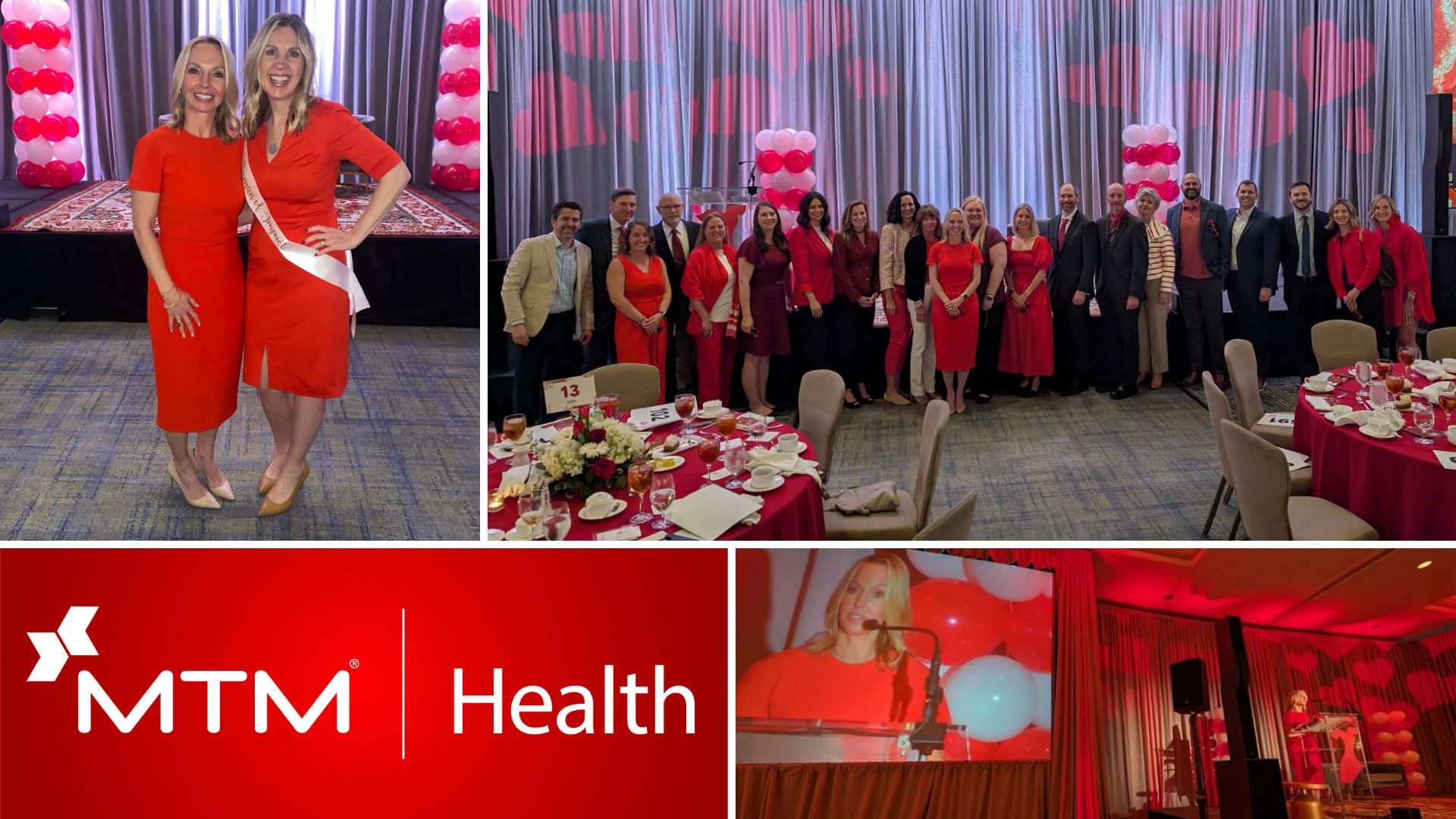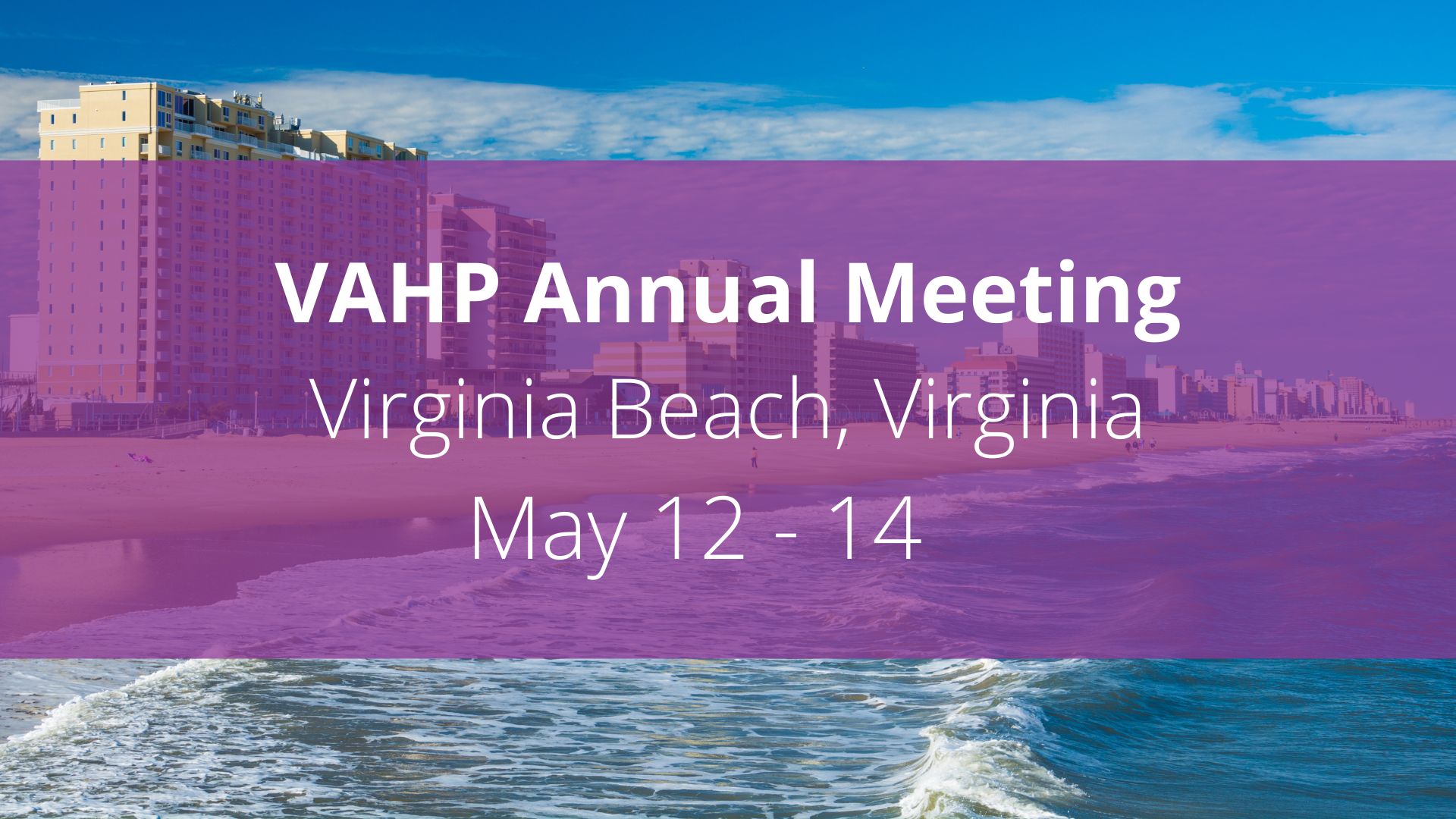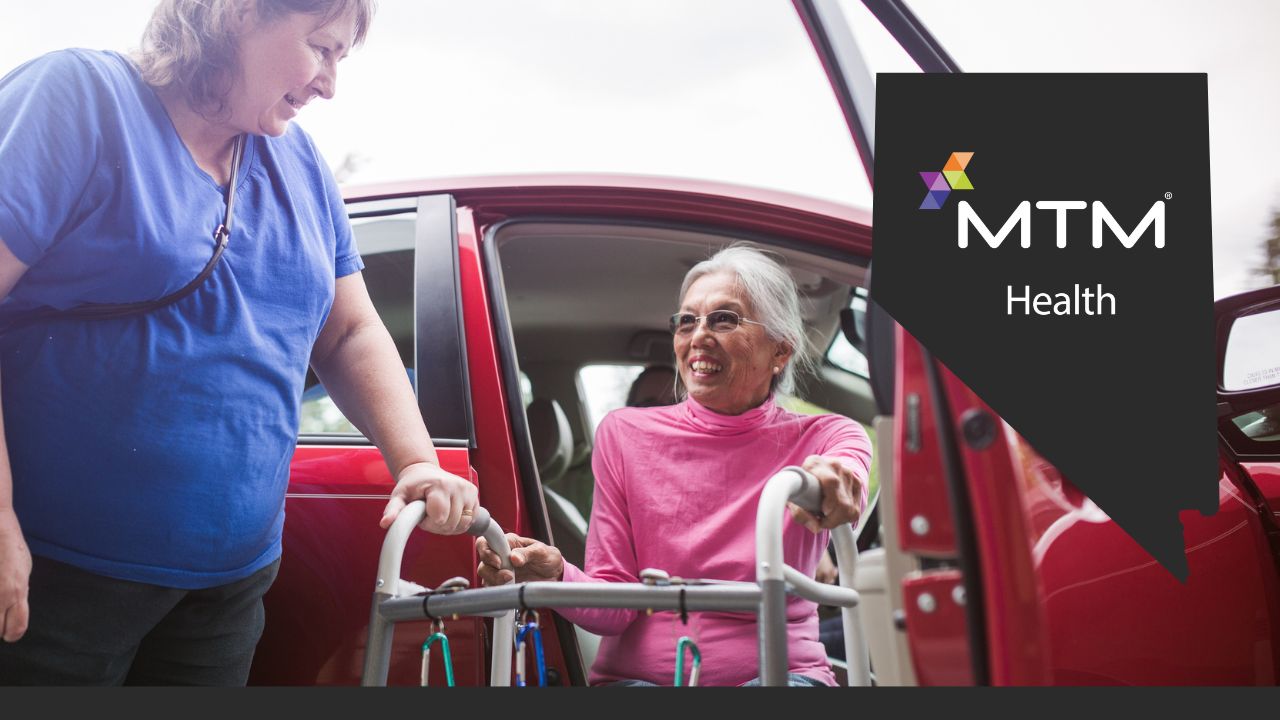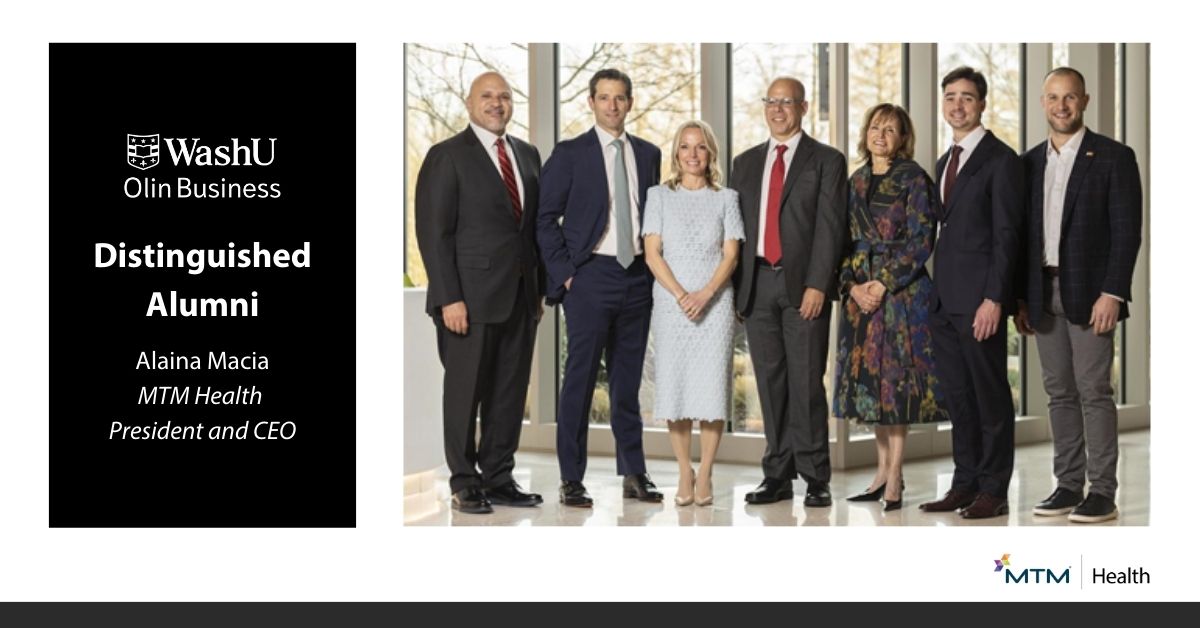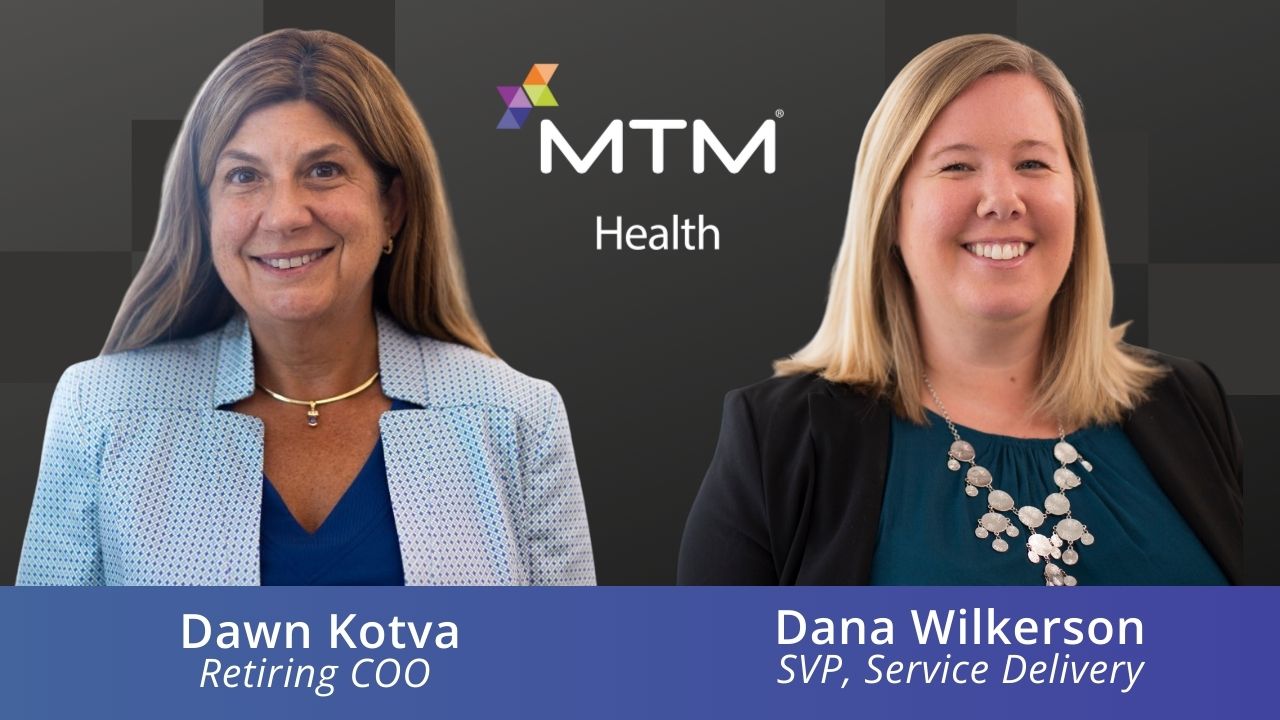Communities Without Barriers
Improving health outcomes through non-emergency medical transportation, social determinants of health, and mobile integrated health solutions.
Removing Barriers through Reliable Connections to Care
Non-Emergency Medical Transportation
Mobile Integrated Health
Social Determinants of Health
Home and Community Based Service Therapies
How Can We Help You Today?
Members / Riders
Enter your zip code so we can help you find your plan information.
Service Providers
MTM Health partners with transportation vendors to help Medicaid and Medicare members access healthcare. Whether you run a transportation company, want to volunteer, or work as an independent driver, join our network!
Healthcare Providers
Our staff ensures medical providers get the support they need to schedule rides for routine and critical appointments. We’re committed to providing resources that remove barriers to healthcare access.
MTM Health’s mission is to partner with our clients in developing innovative solutions for accessing healthcare, increasing independence, and connecting community resources in the most cost-effective manner.
To achieve this, we leverage our core competencies in managing customer service operations and building provider networks.
Our Nationwide Footprint
29
Years of Experience
50
States + D.C.
19M
Members Served Annually
25M
Annual Trips


MTM Health

4.5 Star Rating
I have had only good experiences with my rides and all the drivers have been pleasant throughout. Thank you MTM…
The Latest News
Not Sure Where to Start? Check Out These Common Actions:
Book a Ride
Find a Trip Log for Reimbursement
Contact Our Sales Team
Send MTM Health Feedback
Apply for a Job
Join MTM Health's Network of Providers
FAQs
How can I use MTM Health's transportation services?
Members can begin using MTM Health’s non-emergency medical transportation (NEMT) services by contacting their Medicaid or Medicare health plan for eligibility. Click here to see if we work with your health plan!
What is MTM Health, and how do I use it?
MTM Health is a user-friendly mobile app and online portal that allows members to schedule, track, and manage their rides. Click here to learn more about MTM Health and access user guides.
How do I become a transportation provider with MTM Health?
Transportation providers can join MTM Health’s network by completing an application and meeting necessary requirements. Explore opportunities in your area!
What types of supplemental services does MTM Health provide?
MTM Health offers services such as home therapies, personal care, and home modifications through partnerships with HCBS providers. Click here to learn more!
How does MTM Health support healthcare providers in scheduling rides?
MTM Health’s Community Outreach team assists healthcare providers with scheduling transportation for routine and life-sustaining appointments. Discover resources and find out how we support you!
What transportation options are available for members with special needs?
MTM Health offers a range of transportation services tailored to members with disabilities, ensuring safe and reliable travel. This may include public transit, gas mileage reimbursement, wheelchair accessible vehicles, rideshare services, and more, depending on what your health plan allows.
What is Mobile Integrated Health (MIH) and how does it benefit members?
MIH delivers healthcare directly to members’ homes, reducing the need for hospital visits. Find out more on our Mobile Integrated Health page.
How can volunteer drivers join MTM Health’s network?
Volunteers can apply to become part of MTM Health’s transportation network, helping members access healthcare. Learn how on our volunteer opportunities page.


